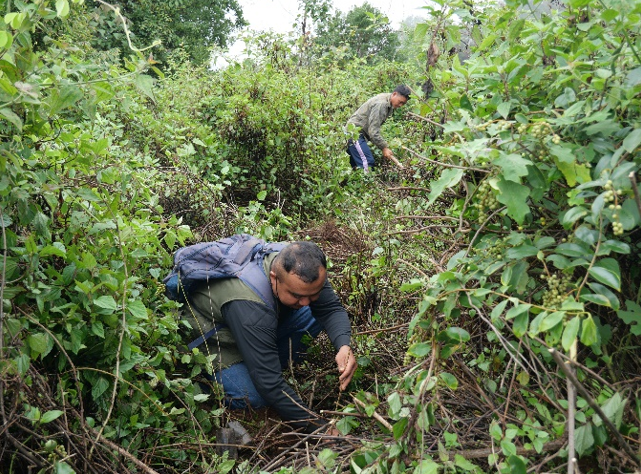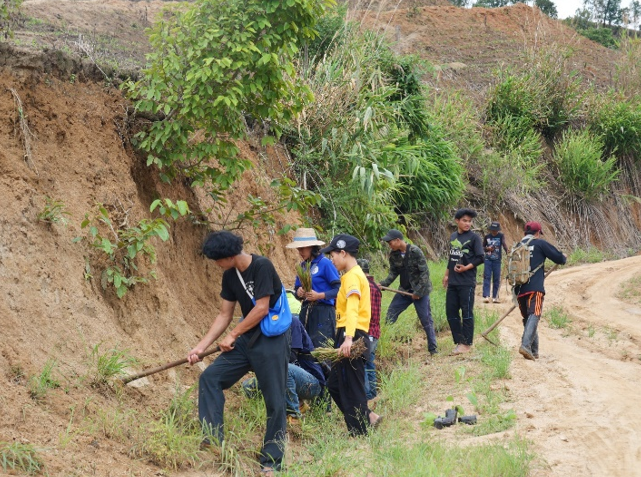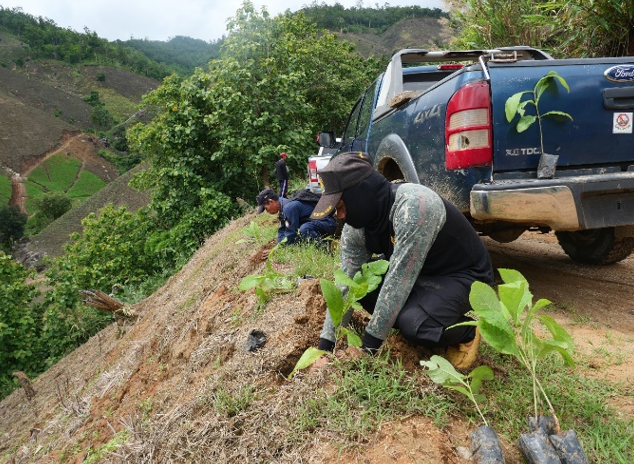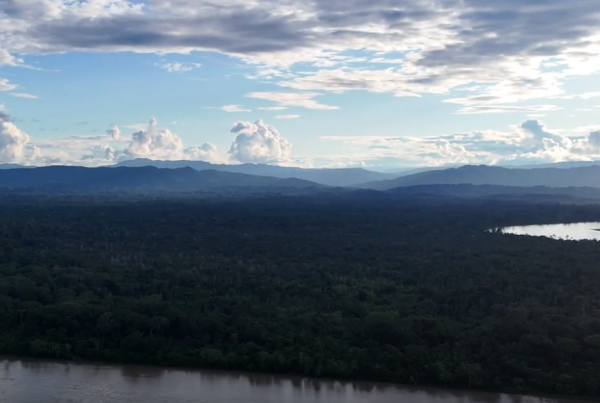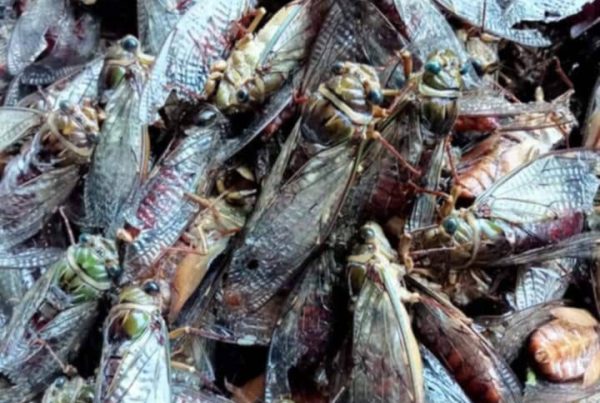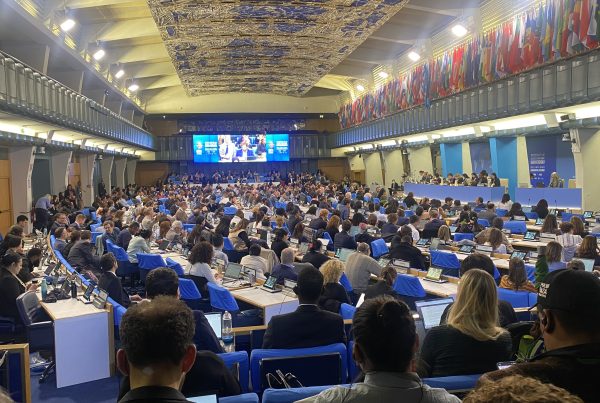Thailand is located in the tropical rain forest. So, in the past, there were forest resources and highly abundant biological diversity. Then, the Thai government started to think about selling wood to generate income for country development.
The Department of Forestry was set up on the 16 October 1896 and Mr. H. Slade was graciously obliged and appointed by King Rama V. to become the first Director with his office located in Chiang Mai for the first time. Timber concessions were granted excessively until the forest cover was reduced in great quantity.
Eventually, the government decided to shut down all the timber concessions and set up Forestry Industry Organization instead to take care of the planting and processing of teak timber.
In addition, the watershed management units were set up to carry out the reforestation in different areas. The government, through the responsible agencies, focuses on pine tree, eucalyptus, and wattle reforestation. This reflects the lack of native plant species and the biodiversity characteristic in the official practice.
Type: Blog
Region: Asia
Country: Thailand
Theme: Community-led conservation; Land and resource rights; Traditional and local knowledge
Partner: Pgakenyaw Association for Sustainable Development (PASD)
The Pgakenyaw people have both knowledge and practices in replanting of native species along the streams and valleys. The trees that can absorb and produce water very well are “Cher”, “Se Ti”, and “wild banana”. Here, we can provide two examples of such trees, they are: 1) Se Ti; and 2) Se Koh We. This is why we encourage more planting of these trees to nurture the well-being of wildlife and underwater creature.
Case 1: “Se Ti” or “Koh Choh Yae” or “Takhrai Noon” (lemon grass) in Thai. The matured “Se Ti” is considered a big tree with 150-250 diameter and 40 meters height with its 80% canopy. The prominent feature of this tree can be seen from the distance so far. “Se Ti” can be found mostly in the valleys and along the streams with its richly root system; With the rich root system, the trees are known to hold fast the soil along the river bank for the prevention of soil erosion. Moreover, the root network is an ideal place for underwater creatures to use as their hiding place as well as an aquatic animal nursery. Because the tree is very strong, its branches can be used for fencing or firewood. “Se Ti” is easy to transplant by cutting its branches and dip them in moistened soil and they will be sprouting very quick. This tree is believed to stand firm under the sun and rainfall. This is why the communities like Ban Mae Ning Nai, Ban Mae Ning Klang, and Ban Mae Ning Nok want to promote and campaign on the planting of “Se Ti” along the river bank for the prevention of soil erosion and at the same time to provide the nursery space for underwater creatures.
Case 2: Wild Himalayan Cherry (Prunus cerasoides) is regarded as flowering plant of the genus Prunus, flowering in January-February. These trees can be found in their natural habitat mostly at the elevation around 1,200-2,400 meters above sea level. Because its flowers look like Japanese Sakura, the tree is also referred to as “Thai Sakura”. In addition to having beautiful flowers, the tree grows so high and simple propagation. It has medicinal properties as well. Therefore, Ban Mae Satob Nua, located at the elevation of 1,800 meters above sea level with the high mountain peak called, “Muengadoh Phatidoh” and highly moistened, plans to attract the tourists with “Thai Sakura”. On the 26th July 2024, members of Ban Mae Satob Nua and friends from alliances joined hands to plant “Thai Sakura” in the area, not to mention the available Rhododendrons naturally grown at this altitude. The planting campaign has instigated the communal awareness of local natural conservation through concrete activities.
The trees, for whatever their size, beautiful or not, all are valuable directly or indirectly. When the nature is left on its own, the forest can regenerate itself and become the primary forest eventually even without reforestation. However, planting the trees, we have to consider the appropriateness of the native species that can render value-added in the long run and the benefit to the world at large.
